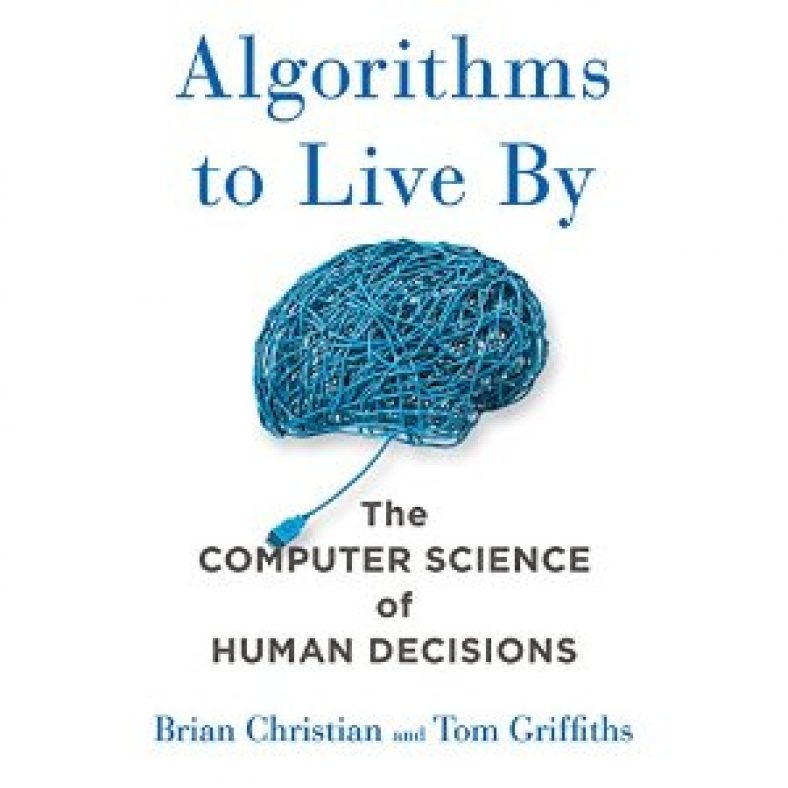
While you have no idea how to assign scores to individual applicants, you can easily judge which one you prefer. The 37% Rule derives from optimal stopping’s most famous puzzle, which has come to be known as the “secretary problem.” Imagine you’re interviewing a set of applicants for a position as a secretary, and your goal is to maximize the chance of hiring the single best applicant in the pool. Optimal stopping is the science of serial monogamy. How many times to circle the block before pulling into a parking space? How far to push your luck with a risky business venture before cashing out? How long to hold out for a better offer on that house or car? The same challenge also appears in an even more fraught setting: dating. Committing to or forgoing a succession of options is a structure that appears in life again and again, in slightly different incarnations. And as it turns out, apartment hunting is just one of the ways that optimal stopping rears its head in daily life. The 37% rule defines a simple series of steps-what computer scientists call an “algorithm”-for solving these problems. We know this because finding an apartment belongs to a class of mathematical problems known as “optimal stopping” problems. This is not merely an intuitively satisfying compromise between looking and leaping. But after that point, be prepared to immediately commit-deposit and all-to the very first place you see that beats whatever you’ve already seen. Leave the checkbook at home you’re just calibrating.

If you want the best odds of getting the best apartment, spend 37% of your apartment hunt (eleven days, if you’ve given yourself a month for the search) noncommittally exploring options. Note: The following are excerpts from Algorithms to Live By: The Computer Science of Human Decisions by Brian Christian and Tom Griffiths. If you enjoy this summary, please consider buying me a coffee to caffeinate my reading sessions. īuy Algorithms to Live By: Print | Kindle | Audiobook Learn more about Algorithms to Live By on Amazon.


 0 kommentar(er)
0 kommentar(er)
